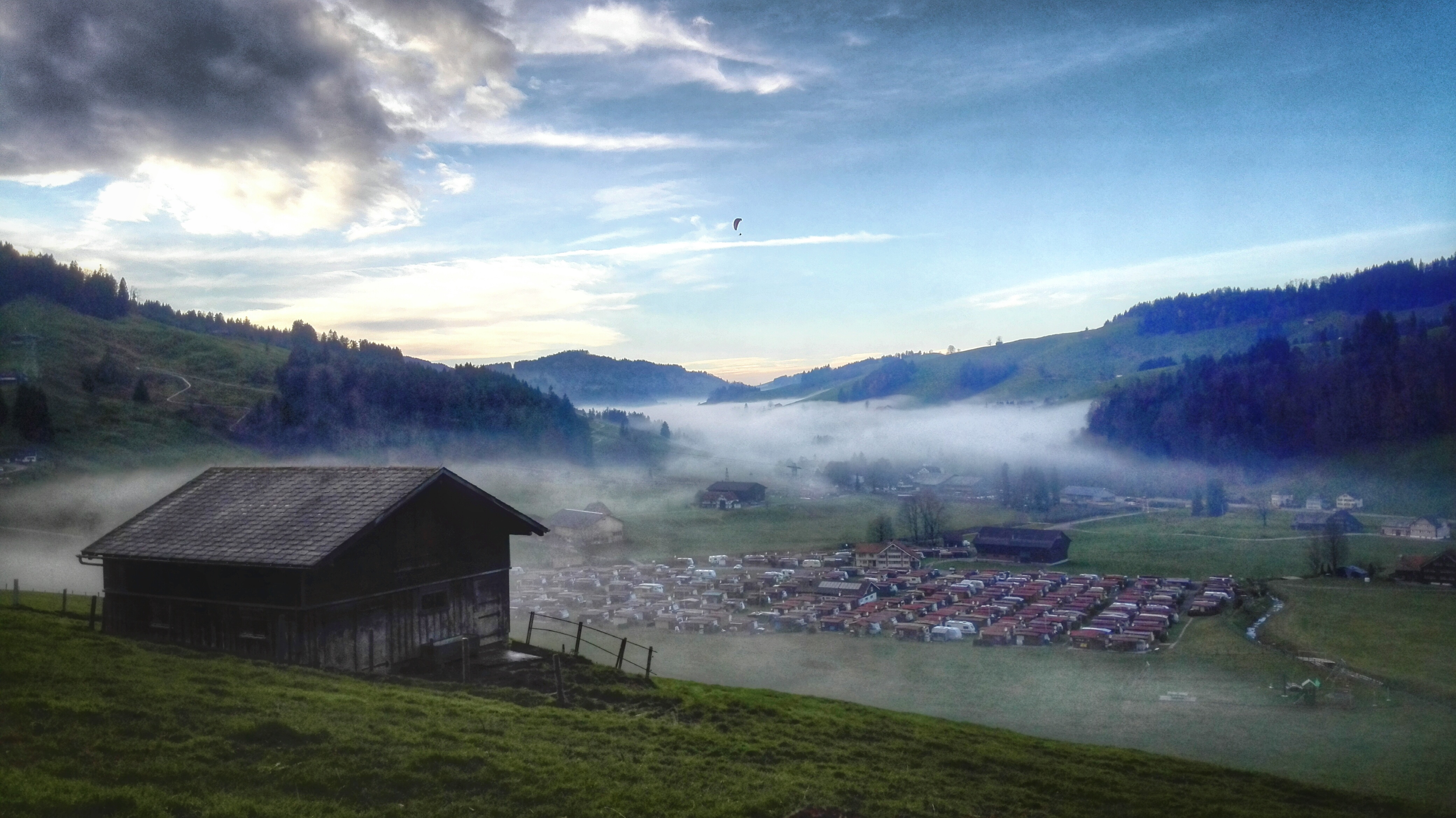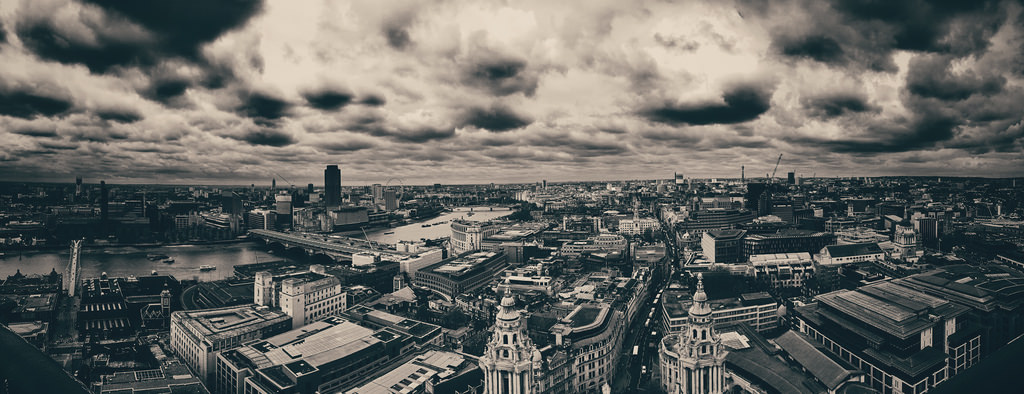Smartphone photography can accommodate great photo opportunities when you do not have your DSLR with you.
I almost always carry my DSLR around with me so I’m always ready to grab a great shot. As much as I hate lugging around all that extra weight, it’s a good habit that helps me shoot more and take better photos. That being said, there’s always going to be times when the perfect photo opportunity presents itself and I just happen not to have my DSLR with me.
 In times like that, I will resort to shooting with my smartphone, because a smartphone photo is still better than no photo at all. Not to mention, smartphone cameras are getting really good and you can take some excellent shots with them. Knowing how to fully utilize your smartphone’s camera can help you make the best of situations like the one I just mentioned. Which is exactly what we’re going to be talking about in this article—how to shoot with your smartphone like a total pro.
In times like that, I will resort to shooting with my smartphone, because a smartphone photo is still better than no photo at all. Not to mention, smartphone cameras are getting really good and you can take some excellent shots with them. Knowing how to fully utilize your smartphone’s camera can help you make the best of situations like the one I just mentioned. Which is exactly what we’re going to be talking about in this article—how to shoot with your smartphone like a total pro.
Explore The Menu Settings of your Camera for Better Smartphone Photography
Since different makes and models of smartphones will have different features and functions, it would be impossible for me to list them all here. One great way to learn about your specific phone is by doing a little exploration of its menu settings. Go ahead and grab your smartphone, open up the camera app, and take at look at the menu and all its different settings.

Some really useful features such as white balance, ISO, and even HDR will surprise you. Some smartphones also feature different shooting modes such as panoramic, fast action, and others. Test out some of the options and familiarize yourself with the menu. This will help you can change them quickly and minimize the chance of you missing a shot.
Try To Give Your Shots As Much Light As Possible for the Best Smartphone Photography
If you’ve taken a shot in low light with your smartphone, you probably noticed how much noise is introduced. Unfortunately, there isn’t a lot you can do about this issue. It results from tiny sized sensors in your smartphone. Also avoid using your camera’s flash since it can result in unsightly bright spots in the image.

When at all possible, try to shoot in the best quality light possible to maximize the results. Many smartphones offer a tap to meter feature which enables you to tap the screen in a certain area to tell the camera to meter for that area. In many situations, it works great, but there will be times when it causes more problems than it fixes. The issue is, when you tap the screen, it also tells the camera to focus in that area as well. Given the small aperture of most smartphones, this can cause issues. To avoid this issue, shut off tap to meter and resort to auto metering. You ultimately give up control to the whim of the camera, but often it works best.

There Are Limitations with Smartphone Photography
While they are improving, smartphone cameras are still far from perfect—or at least up to the quality of a DSLR. Understanding the limitations of your smartphone will better enable you to find workarounds. Plus, you can get better shots. Just like with your DSLR, using the smartphone camera and practicing with it improves your shots dramatically.